Why do cats tails fall off? Cats’ tails do not naturally fall off. The tail is an essential part of a cat’s anatomy and serves various purposes. However, there are a few reasons why a cat’s tail may appear to be missing or damaged:
1. Injury:
Cats can sustain injuries to their tails, such as being caught in a door or getting trapped in a tight space. These injuries can result in the tail becoming partially or fully detached. In some cases, the tail may need to be surgically removed by a veterinarian.
2. Medical conditions:
Some medical conditions can cause a cat’s tail to become necrotic or fall off. This can include infections, tumours, or conditions that affect the blood supply to the tail. If a cat’s tail suddenly falls off or appears to be damaged, it is important to visit vet care to determine the underlying cause.
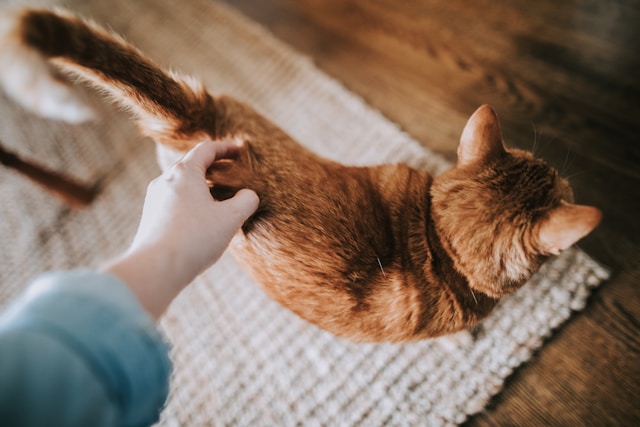
3. Tail docking:
Some cat breeds, particularly certain pedigreed cats, may have their tails docked as a cosmetic procedure. Tail docking involves removing a portion of the tail when the cat is young. However, tail docking is illegal in some countries due to concerns about animal welfare.
4. Trauma:
Cats are agile and can sometimes get their tails caught or trapped, leading to injury or damage. Additionally, if a cat is involved in an accident or experiences trauma, such as being hit by a car, it can result in tail damage or loss.
5. Self-mutilation:
In rare cases, cats may engage in self-mutilation behavior, where they overmuch groom or chew at their tails. This routine can lead to tail damage or even self-amputation in heavy cases.
6. Birth defect or genetic anomaly:
A cat may be born with a tail defect or genetic anomaly that causes the tail to be weak or prone to falling off. This can be a result of improper development during fetal growth or inherited traits. In some cases, amputation may be necessary for the cat’s health and well-being.
What Your Cat’s Puffed Tail is Saying
It is important to note that if a cat’s tail appears to be injured or missing, it is best to consult with a veterinarian for an accurate diagnosis and appropriate treatment.

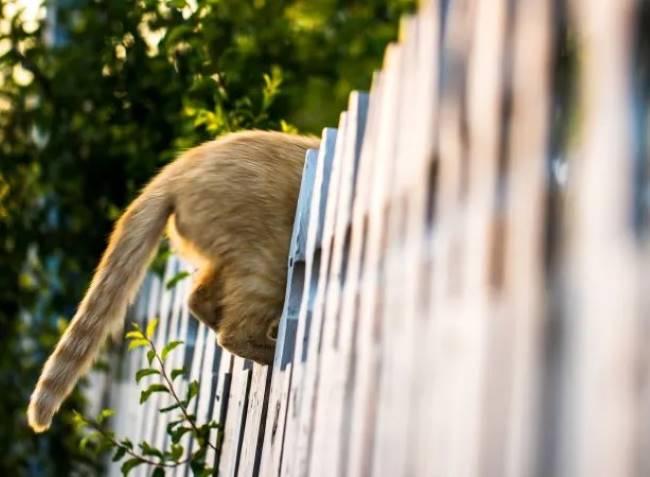
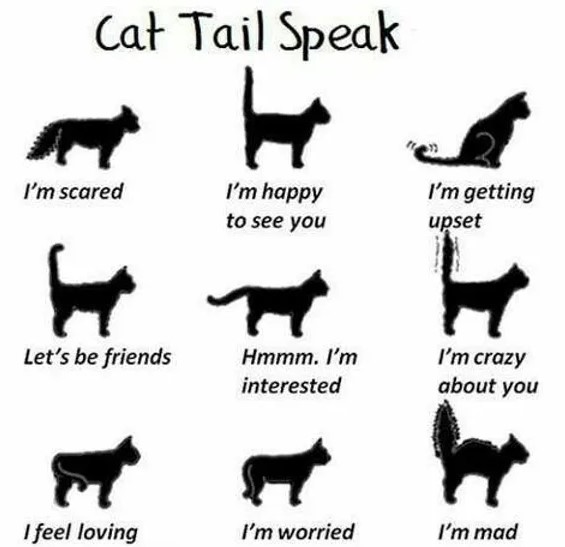
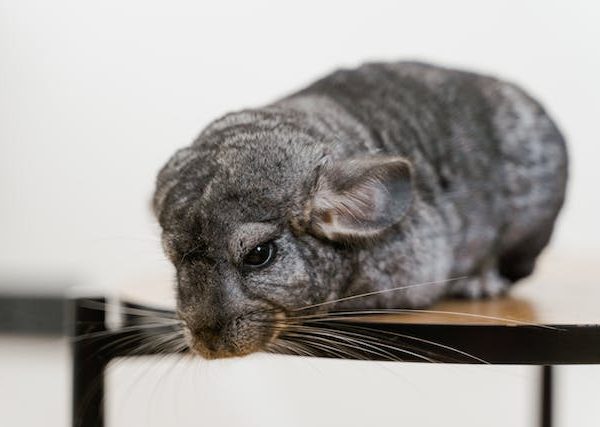
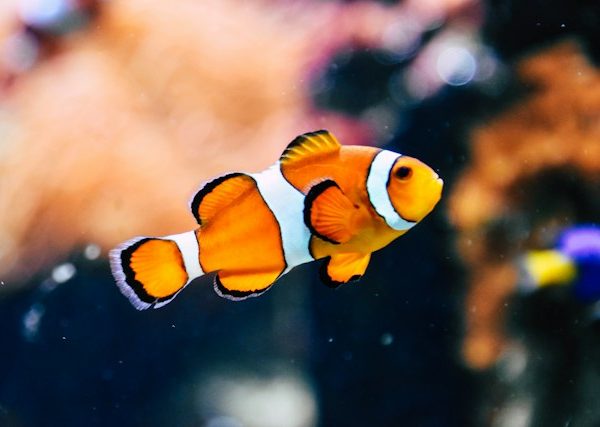
Leave a Comment